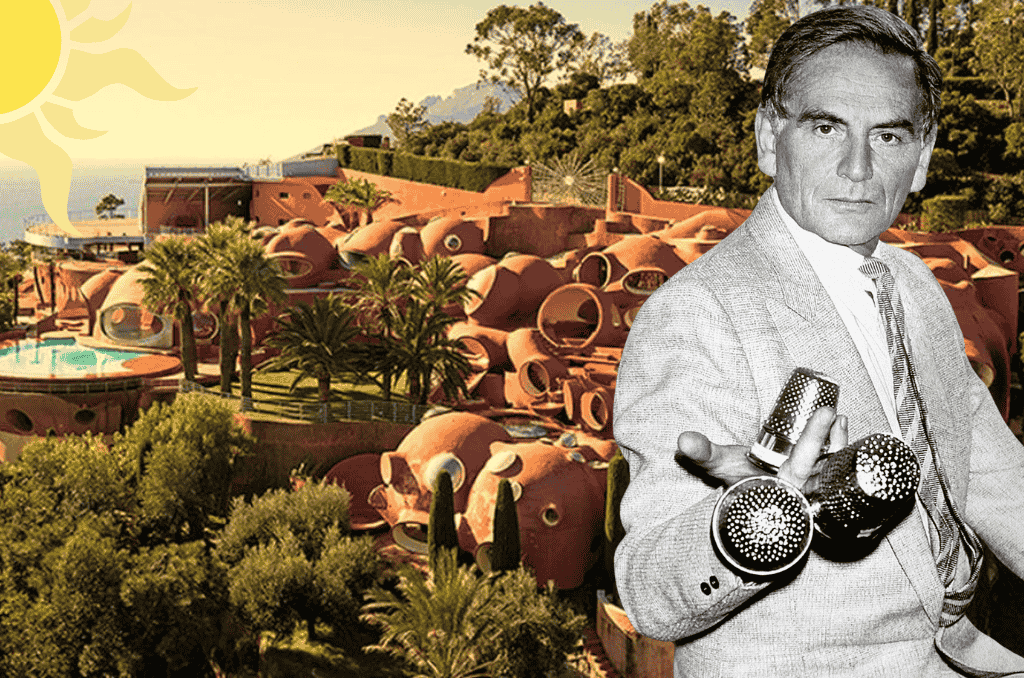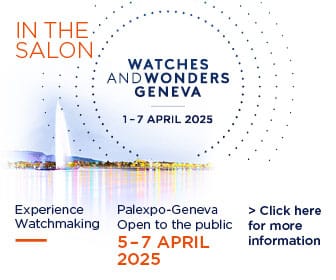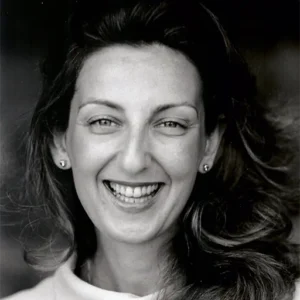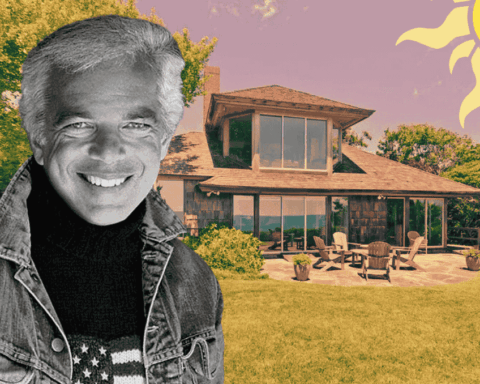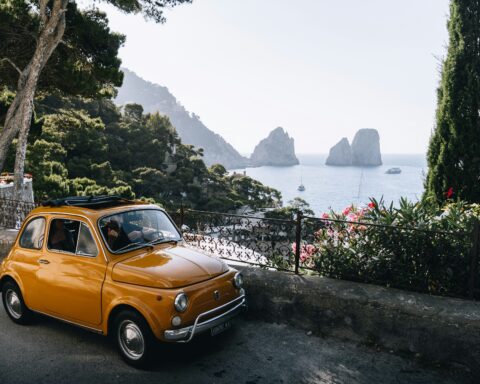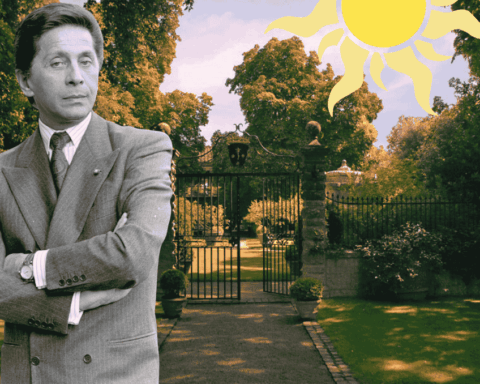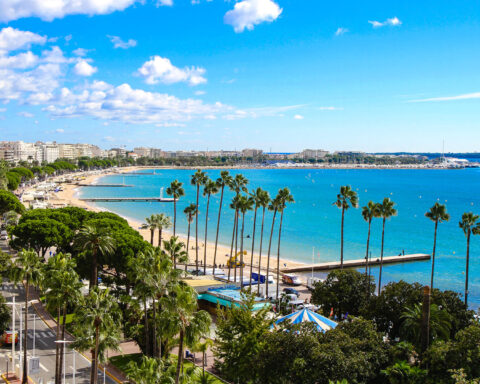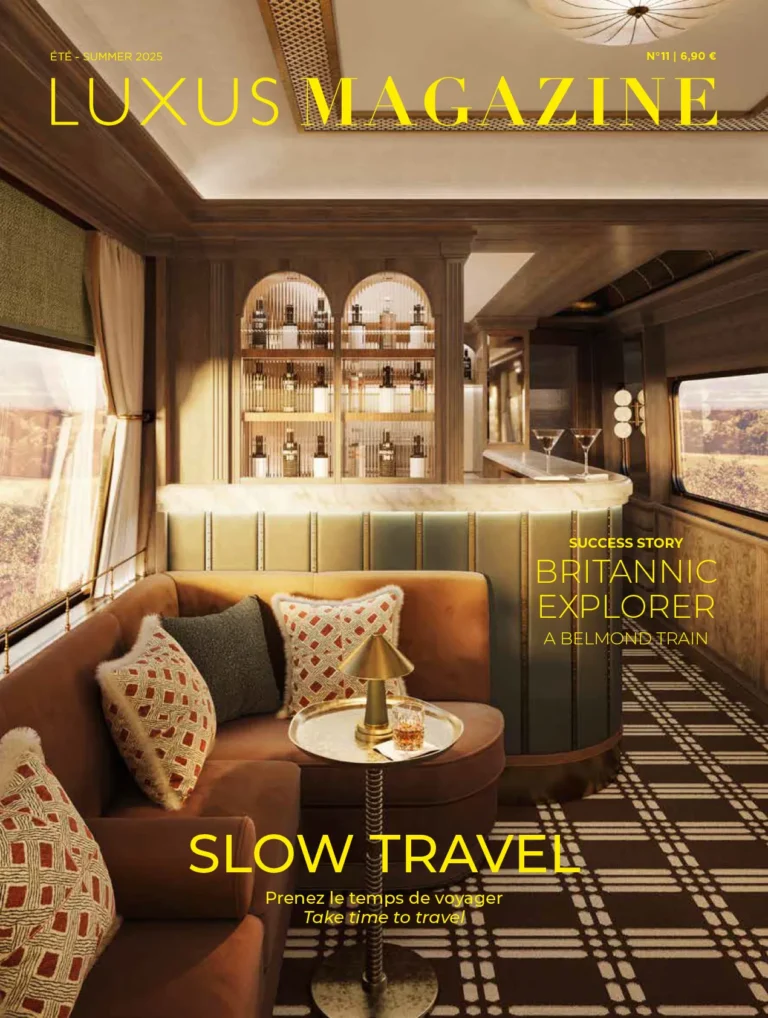From Miami to Tangier, via the French Riviera, Cascais and the Hamptons, the biggest names in fashion have found summer retreats far from the catwalks and spotlights where they can express their creative genius. Mythical villas, family homes, secret workshops, and castles—each of these exceptional places embodies the spirit, audacity, and art of living of their famous owners.
This summer, LUXUS MAGAZINE takes you on a weekly tour of a prestigious residence: a nine-part journey through the iconic vacation spots of the world’s greatest fashion designers. In this episode, we follow in the footsteps of Pierre Cardin and his Palais Bulles in Théoule-sur-Mer.
Nestled in the hollow of the red rocks of the Estérel, the Palais Bulles seems to float between the Mediterranean Sea and the sky. Designed by Hungarian architect Antti Lovag in 1975 for industrialist Pierre Bernard, this architectural vessel made of ochre spheres became the summer retreat of fashion designer Pierre Cardin in 1992. A place of retreat and creation, but also of parties, shows, and artistic encounters.
With its organic lines, portholes opening onto the sea, lush patios, and suspended swimming pools, the Palais Bulles is a living manifesto of formal freedom. It embodies the idea ofa house without angles, where architecture and nature interact in a rare sensory harmony.
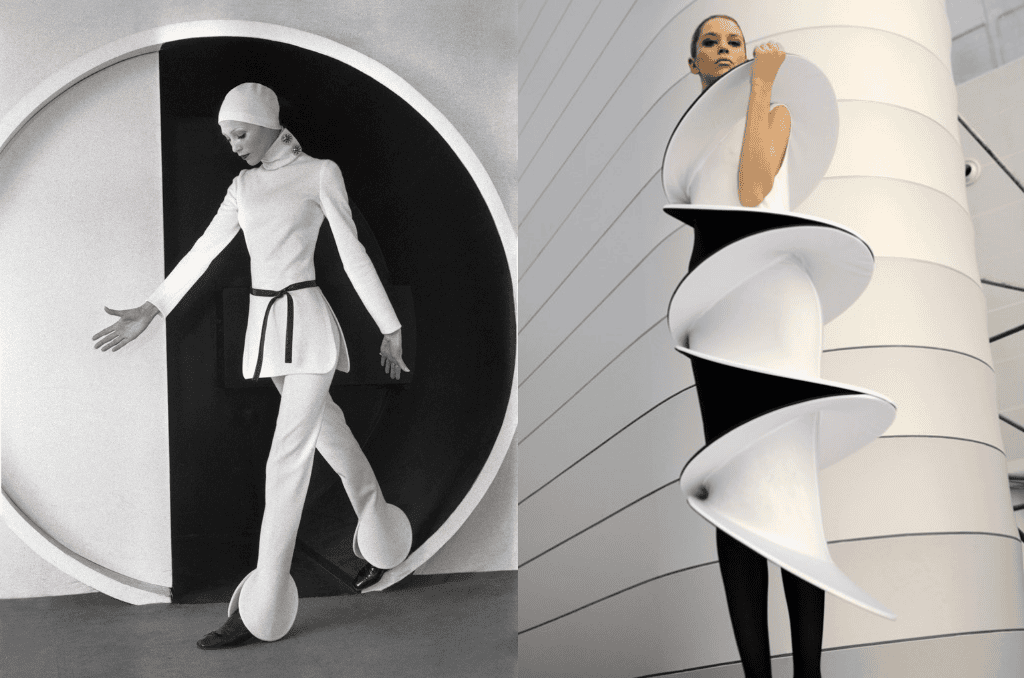
Pierre Cardin never did things like everyone else. In fashion, he was one of the pioneers of futuristic haute couture, dressing modern men in space suits, asymmetrical capes and sculptural dresses. In the art of living, he always sought to amaze, to renew and to break with convention. When he discovered the Palais Bulles in 1992, Cardin spoke of “the craziest love at first sight” and added, “I bought it as a sculpture you can live in.” He acquired it to use as a retreat and a place of total expression. He always loved unusual places: the Théâtre des Ambassadeurs (renamed Espace Pierre Cardin in the 1970s), the Château du Marquis de Sade in Lacoste… Here, in Théoule-sur-Mer, he set up a creative sanctuary where fashion, design, architecture, and nature merge into one.
A living sculpture: the manifesto of organic architecture
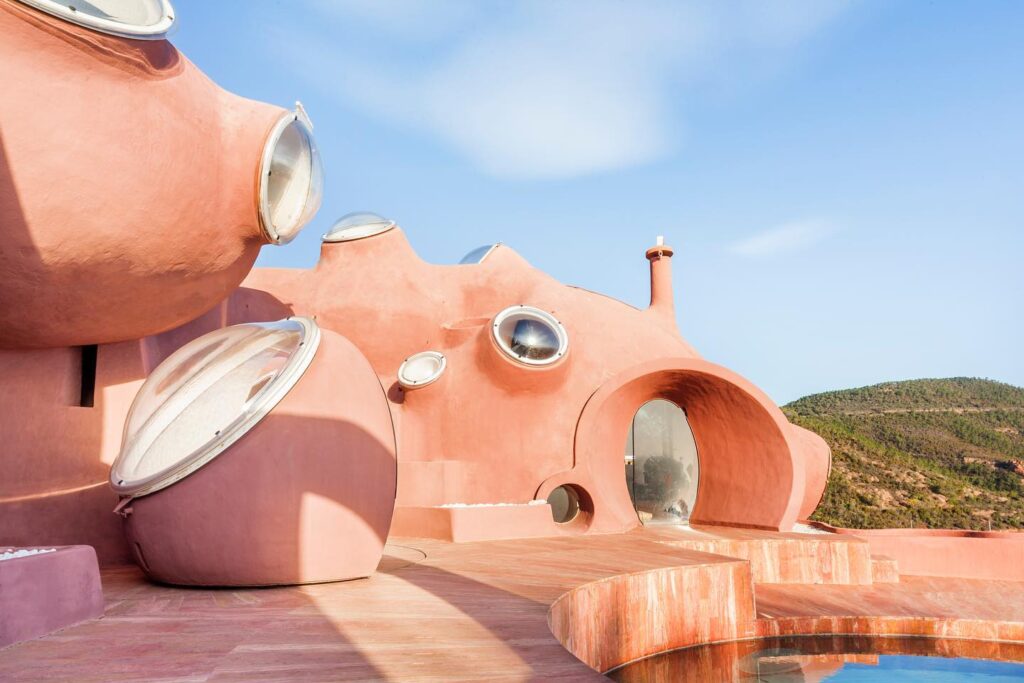
Made up of around 30 red-tinted concrete bubbles covered in marine paint, the Palais Bulles stretches over more than 1,200 square meters and comprises a reception hall that can seat 350 people, a panoramic lounge, and 10 suites, each decorated by contemporary artists such as Patrice Breteau, Jérôme Tisserand, Daniel You, François Chauvin, and Gérard Le Cloarec—a swimming pool, waterfalls, and hanging gardens covering an area of 8,500 square meters, and an open-air amphitheater measuring 370 square meters with seating for 500.
Hungarian architect Antti Lovag designed the space as a sensory, almost carnal exploration. “It’s like entering a human body,” said Lovag. “You move from bubble to bubble, like from organ to organ, to the rhythm of breathing.” The curved walls open onto panoramic sea views, the roofs undulate, and portholes filter the light. Here, each room is a cocoon resembling an almost organic troglodyte architecture. There are no strict partitions, no straight lines. You sleep in cells and think in curves. The materials—concrete, leather, glass, mosaics—evoke in turn the mineral, the carnal, and the aquatic. This is a house that is as much to be lived in as it is to be contemplated.
Light and water: the two muses of the Palace
Every moment of the day transforms the Palace. In the morning, the portholes project circles of light onto the walls. In the evening, the pools reflect the flaming sunsets. Antti Lovag designed each opening to trap the sun’s rays and make them dance on the concave surfaces. What strikes the eye is the omnipresence of water. In waterfalls, basins, and infinity pools, it flows, trickles, and plays with shapes and sounds. In the basement, it appears in the portholes, a moving mirror of the sea in the distance. The whole becomes a liquid and luminous symphony.
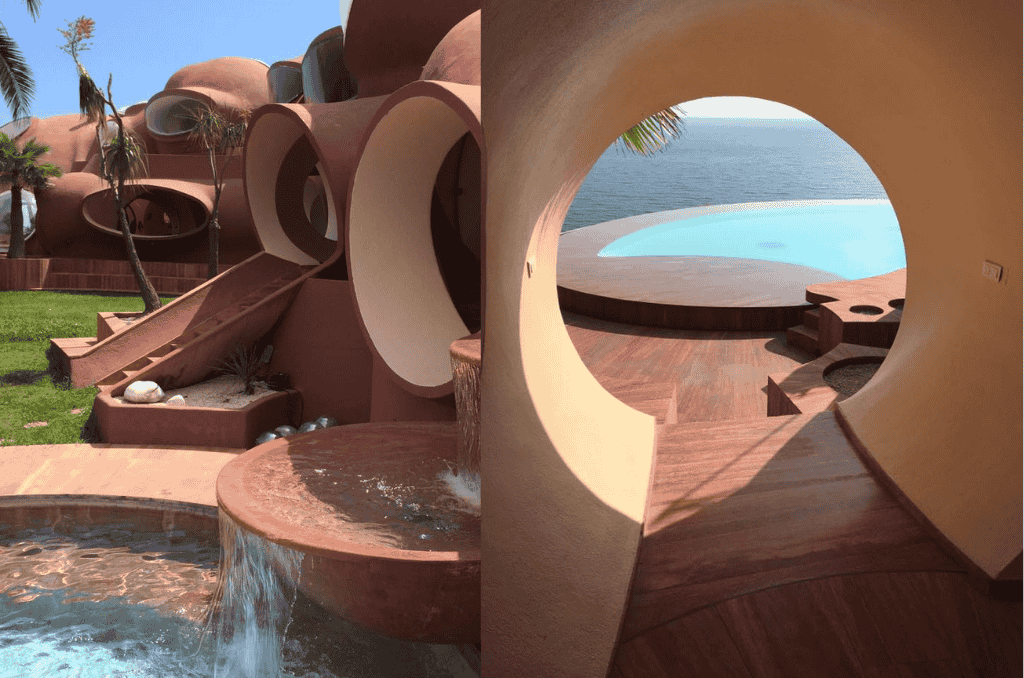
A place for living and celebrating
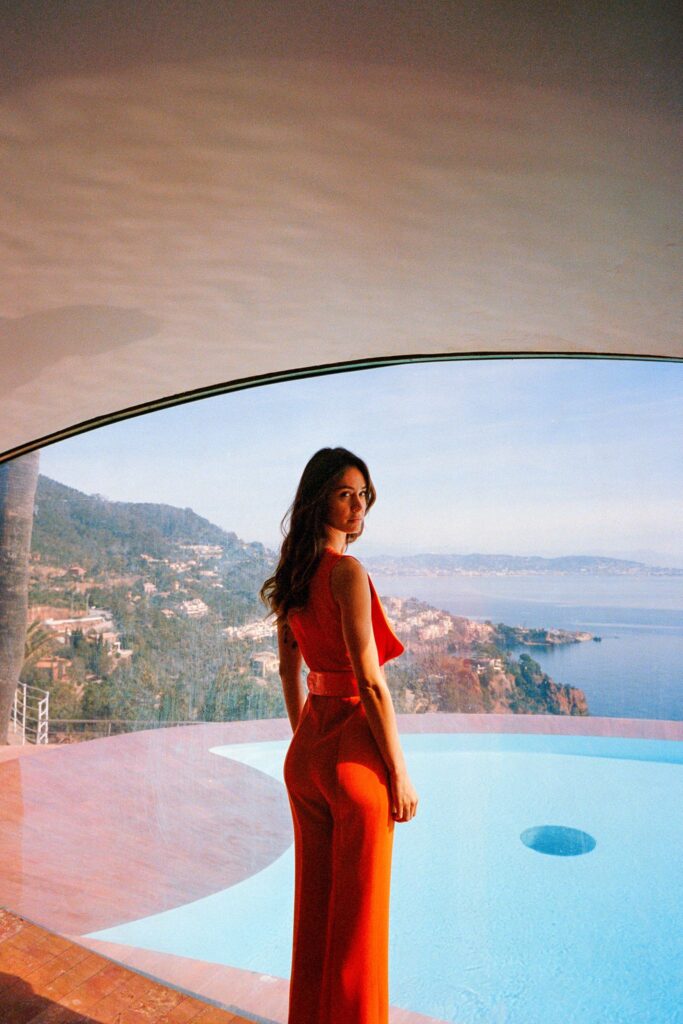
For Pierre Cardin, the Palace is not just a residence. It is a living place. He exhibits his creations there, invites artists, and hosts shows and concerts. The outdoor amphitheater hosts performances by young theater companies. The circular salons become galleries. The receptions are grandiose: dinners in circles, fashion shows, screenings… Arnold Schwarzenegger lifts Cardin onto the stage in front of 800 guests. Brands such as Dior organize their fashion shows there. Jacquemus spends his dream vacations there. The place inspires, fascinates, and galvanizes.
A listed heritage icon
In 1999, the Palais Bulles was listed as a 20th-century architectural heritage site by the Ministry of Culture, in recognition of this unique work of architectural sculpture on such a scale. It remains a manifesto of a vision and a unique emblem of 1970s design. Its location in the Estérel mountains, its reddish-brown color, and its harmony with the volcanic rock make this palace as integrated as it is spectacular. It is impossible to tell whether nature sculpted the building or vice versa.
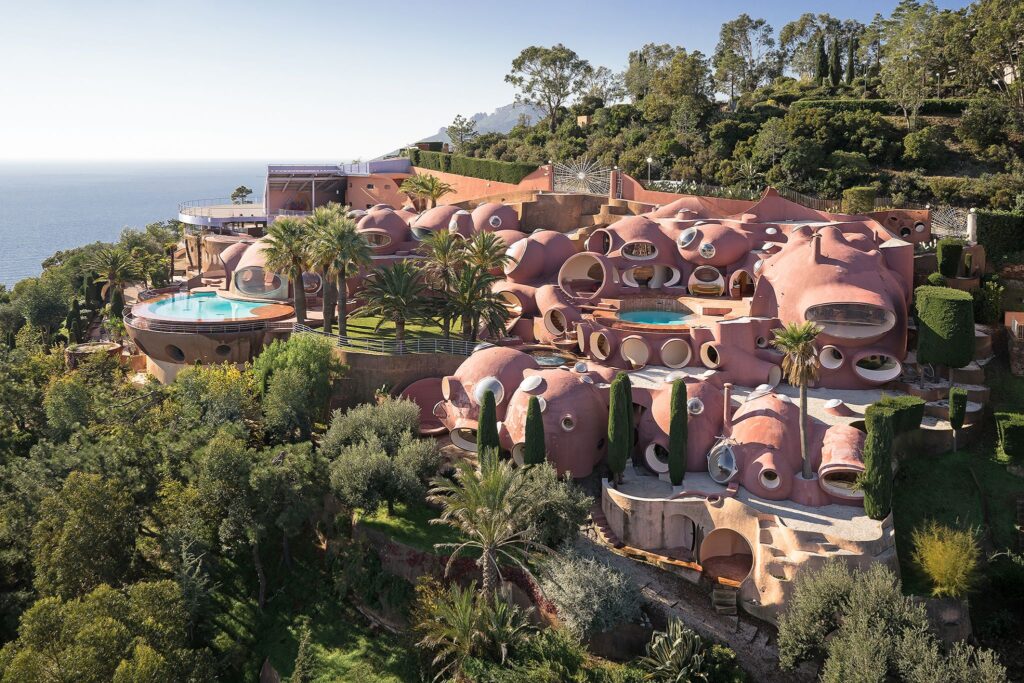
The Cardin legacy: between memory and the future
Today, the Palais Bulles is no longer just a private retreat. Labeled “Remarkable Contemporary Architecture,” this iconic place has been transformed into an event space, hosting exclusive receptions, fashion shows—such as Dior’s in 2015—and numerous film shoots, particularly during the Cannes Film Festival. Put on the market ten years ago for €200 million, the property was initially valued at €350 million by Pierre Cardin himself, before he agreed with his real estate agents. However, the villa never found a buyer. Since the death of the fashion designer in December 2020, a legal battle has been raging between his heirs: family, colleagues, and friends are fighting over a colossal inheritance, which includes the Palais Bulles and a commercial empire built over decades.
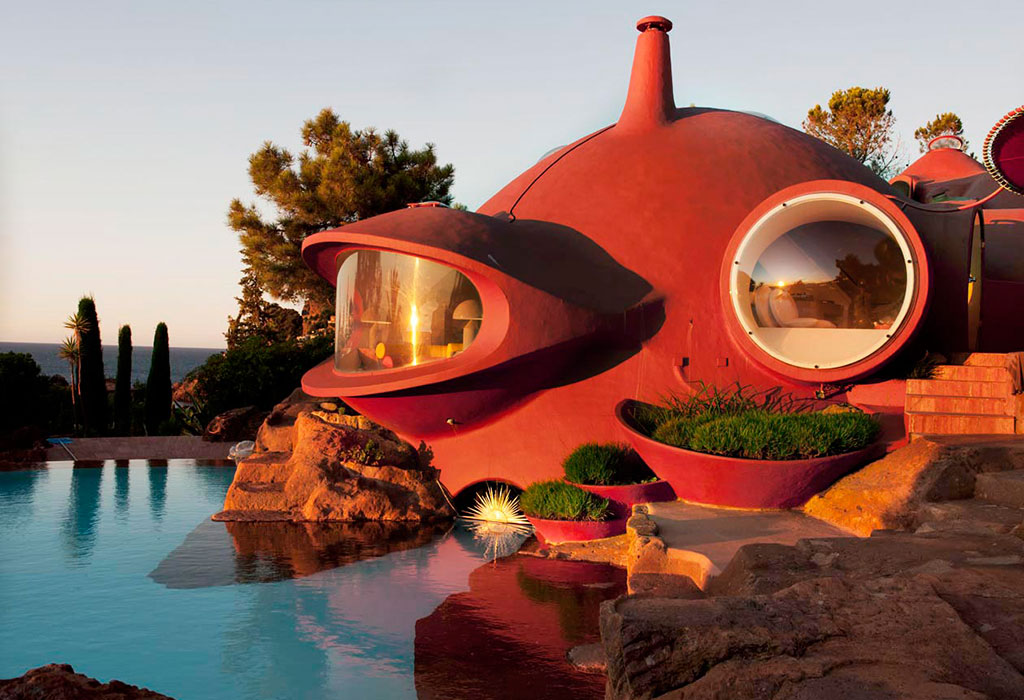
A few miles away, the Maison Bernard—Antti Lovag’s first completed work for Antoine Gaudet—offers a public alternative: transformed into a museum, it allows visitors to explore the radical architectural universe of the master of curved forms. A place of heritage, design, and utopia, the Palais Bulles now stands as the fragile heir to a rare architectural style. Will it become a museum? An artists’ residence? A luxury hotel? The Pierre Cardin Foundation has transformed the site into a dynamic cultural space dedicated to creation and transmission. But maintenance costs, the rarity of the style and limited access raise questions. Yet it would be a shame for this gem to remain frozen in time. As Pierre Cardin would have wanted, it must evolve, live and welcome today’s creators.
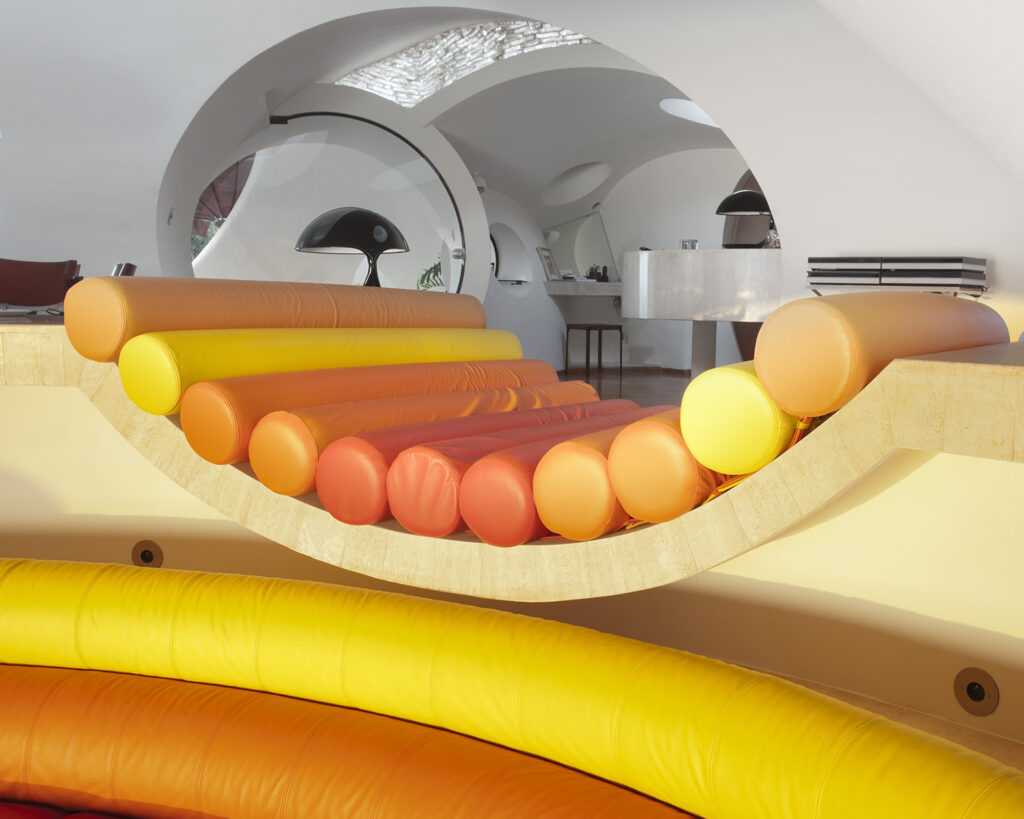
The Palais Bulles, a bubble frozen in time, awaits a new lease of life.
However, the Palais Bulles remains at the heart of a battle over the inheritance between Rodrigo Basilicati Cardin, Pierre Cardin’s grand-nephew and CEO of the group, and the 22 other heirs of Pierre Cardin. In early July 2025, the Court of Cassation upheld the invalidation of the controversial will, found a year and a half after the couturier’s death, which named Rodrigo as sole heir. This decisive ruling could reshape the future of the Palais Bulles. The final judgment, expected by the end of 2025, will definitively decide the fate of the immense estate left by the designer.
Next episode: Gabrielle Chanel and La Pausa in Roquebrune-Cap-Martin
Read also > SUMMER SAGA: Designers’ retreats – Episode 02: Gianni Versace and Casa Casuarina
Featured image: montage of Pierre Cardin’s portrait and the Palais Bulles ©Palais Bulles




